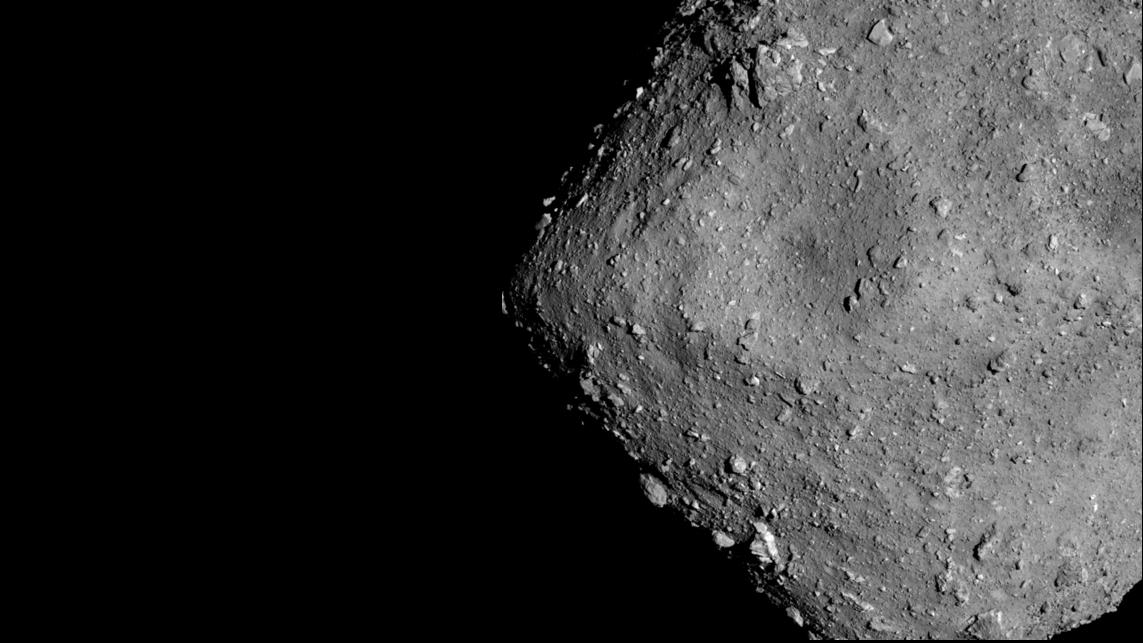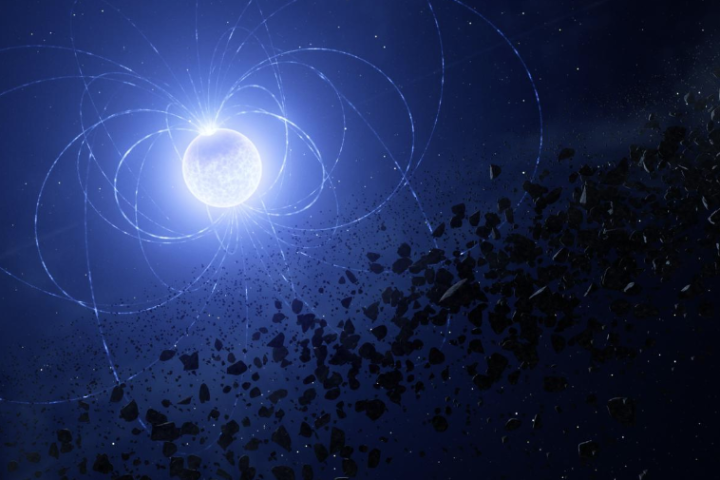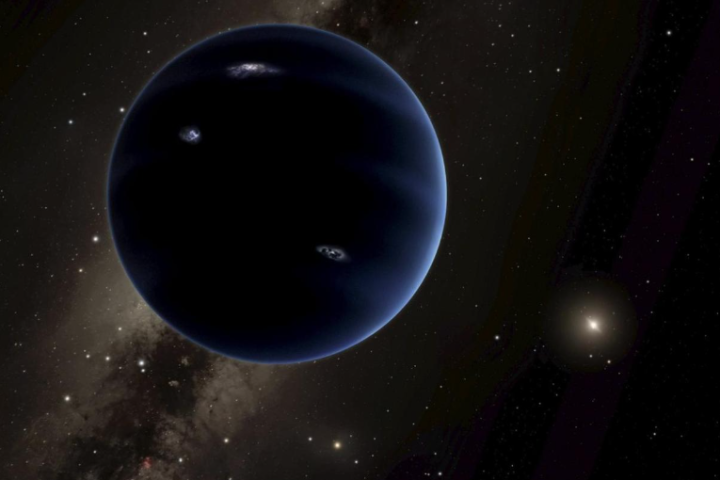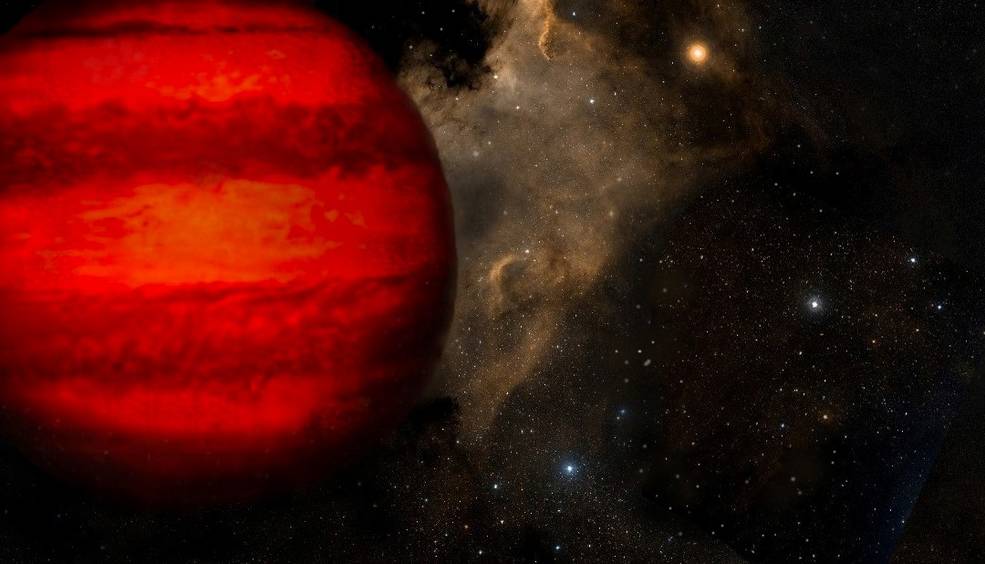Tiny rock shards recovered from an asteroid in close proximity to Earth’s sun are so ancient that they predate the Solar System.
The presence of mineral grains produced in the outflows or explosions of previous stars before our Sun originated has been discovered by a recent examination of materials from the asteroid Ryugu.
These presolar grains show Ryugu is highly similar to a group of meteorites known as Ivuna-type carbonaceous (CI) chondrites, as previously discovered by researchers. The presence of a few delicate grains, however, suggests that some portions of Ryugu might not have changed much since the asteroid originated.
“Presolar stardust grains can be found in the samples that the Hayabusa2 mission brought back from the asteroid Ryugu. They are similar to presolar material found in CI chondrites in terms of abundance and composition. Thus, our findings offer more proof that the asteroid Ryugu is connected to CI chondrites “In their publication, the researchers wrote.
Small areas of Ryugu, however, managed to avoid significant change and enable their preservation.
Presolar grains are highly prized as snapshots of processes occurring in distant stars; as such, they represent a direct record of those stars and their chemistry. This is due to the preservation of the isotope ratios in presolar grains. They can be utilized to comprehend the evolution of stars other than the Sun and the rocks that make up the Solar System.
Additionally extremely rare are presolar grains. They are frequently discovered in carbonaceous chondrites, which make up a relatively minor portion of all meteorites that strike the Earth. Furthermore, presolar grains have been discovered in only around 5% of carbonaceous chondrites. In contrast to the Sun’s age of 4.6 billion years, the oldest one known is between 5 and 7 billion years old.
In material from Ryugu, a few earlier studies found some presolar grains. After a thorough investigation, a massive multinational team headed by cosmochemist Jens Barosch of the Carnegie Institution of Washington discovered an astounding 57 grains with presolar isotope ratios.
The researchers discovered that Ryugu’s makeup is extremely similar to that of CI chondrites by comparing these grains to those found in meteorites. These are a rare variety of carbonaceous chondrites that contain substantial amounts of water and the Sun’s closest chemical resemblance among meteorites.
The mineralogy of the Ryugu samples shows that water-rock interactions on the Ryugu parent body have resulted in significant aqueous alteration. Things start to become intriguing at this point since at least one of the team’s newly discovered grains is a presolar silicate. This result was “especially unexpected,” the researchers note, considering that silicates are quickly dissolved by water modification.
Presolar silicates are therefore likely to be constrained to relatively uncommon rock fragments, or clasts, that have undergone less alteration than Ryugu’s overall matrix of minerals devoid of water. Due of their ability to preserve fragile grains that would not otherwise survive, these clasts.
The researchers assert that similar water-free clasts in other CI meteorites, including Ivuna, which gives the class its name, that have not yet been examined, may disclose additional such fragile presolar grains.
In their paper, the researchers state that “the presence or lack of presolar material in these clasts would provide vital insights about their origin and their history of secondary processing.”
In the meanwhile, “Systematic searches for presolar grains in all Ryugu lithologies will offer a representative data set of presolar grain abundances and features in asteroid Ryugu and will extract the greatest amount of scientific information from these priceless samples.”
The Astrophysical Journal Letters is where the study was published.





